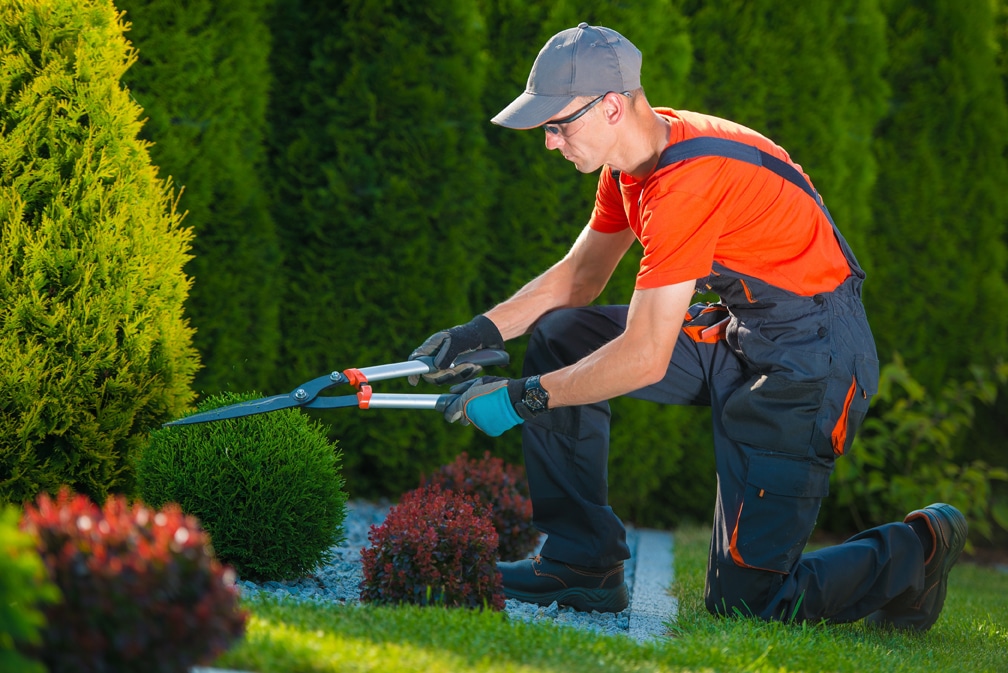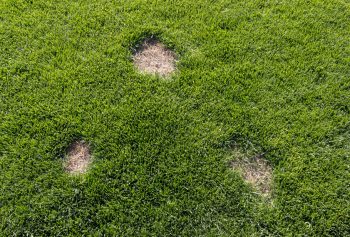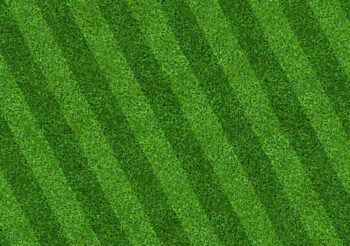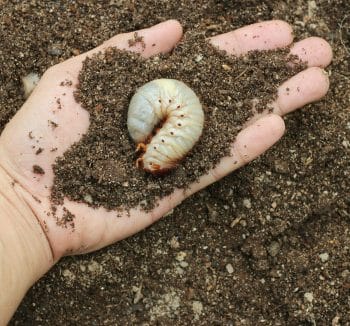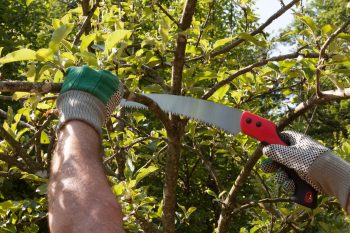 Keeping your lawn and landscape beautiful is about caring for every plant you’ve chosen to cultivate in your yard. Your trees and shrubs need a lot of the same nutrients as your grass, but the tasks of fertilizing and general care are a bit more involved than just mowing and watering.
Keeping your lawn and landscape beautiful is about caring for every plant you’ve chosen to cultivate in your yard. Your trees and shrubs need a lot of the same nutrients as your grass, but the tasks of fertilizing and general care are a bit more involved than just mowing and watering.
While trees and shrubs don’t need to be fertilized as frequently as grass, it is recommended to apply a fertilizer treatment about twice per year. Many Texas homeowners choose turf grass that is known to fare well in this region, such as those discussed in our Grass Types service page, it is far more common to have trees and shrubs that are not native to the area.
For this reason, keeping them fertilized ensures that they’re getting the right nutrients to remain healthy. Additionally, pruning and soil modification should be included in your care regimen.
Fertilizing Your Trees and Shrubs
As with most grasses, the main thing your trees and shrubs need in a fertilizer is nitrogen. This natural substance breaks down slowly in the soil, promoting healthy growth.
All commercial fertilizers come with a ratio of the various minerals they contain, and the nitrogen-heavy ratios recommended for common Texas grass are also well suited for your trees and shrubs. In fact, for those whose root systems are beneath your grass, the fertilize you are already applying should be sufficient without need for additional treatment.
For trees and shrubs that are set apart, fertilizing in the spring or fall is best. Doing so more often can promote soil-based diseases brought on by microbes that thrive in soil with an abundance of nitrogen. Fertilizing too early or late in the season can cause late growth that may not do well when the extreme temperatures of summer or winter settle in.
Learn more about Ryno Lawn Care’s fertilization services!
Pruning
Seasonal pruning is critical for the overall health of your trees and shrubs. Dead or diseased stems and branches that are still attached can zap nutrients from the healthier parts of the plant, creating a waste of energy and resources.
For trees and shrubs that bloom in the summer or do not bloom at all, winter is the best time to prune. They will be at least partially dormant at this time, and except for evergreen species, they will have shed all their foliage. This makes it easier to spot and remove dead branches.
Additionally, pruning in the colder months reduces the risk of infection or infestation. The plants will also heal more quickly, as their resources are not otherwise devoted to active growth.
As for plants that flower in the spring, pruning them directly after their first bloom gives them an opportunity to generate new buds. For instance, when you’re cutting back azalea bushes or caring for clematis montana, it is best to do so early in the season and then follow up with maintenance pruning as needed.
Maintenance pruning should be done throughout a plant’s active growth season, whenever trouble spots are identified. Take some time every couple of weeks to inspect your plants and trim back any limbs that appear weak or diseased. Again, this allows them to deliver water and nutrients where they’re needed rather than trying to nurse a dying limb back to health.
Soil Modification
This practice is often only necessary when you first plant a new tree or shrub. Surrounding the root system with healthy, nutrient-rich soil gives it a greater chance of surviving, especially in regions where the natural soil is heavy in clay or sand. (An exception, of course, would be choosing plants that thrive in those soil types.)
While providing a direct fertilizer application can be harmful within the first year of planting a tree or shrub, using a soil amendment is different. The substances used to amend soil don’t directly feed the plant; they simply improve the overall condition of the soil, making it a healthier growth environment for the root system.
Mulching is sometimes considered a form of soil modification as well. Composting is an eco-friendly way to give your trees and shrubs a boost of nutrients. Both wood-based and inorganic mulch provide protection for your topsoil from drought and extreme temperatures.

